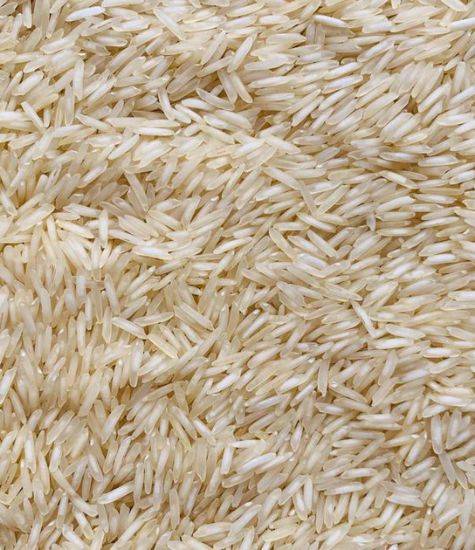Basmati Rice

Basmati Rice
Basmati rice is a long-grain rice variety known for its distinctive fragrance, delicate flavor, and fluffy texture when cooked. This type of rice is primarily grown in the Indian subcontinent, particularly in the foothills of the Himalayas and in some regions of Pakistan. Basmati rice has gained popularity worldwide and is often considered a premium rice variety.
- Detail :100% Organic
- Email address :vincentaasir@gmail.com
- Phone number :+91 8220499403
Basmati rice grains are long and slender, with a length-to-width ratio greater than 4.3, which is one of the defining characteristics of this variety. The grains elongate further during cooking. One of the most distinctive features of Basmati rice is its aromatic fragrance. The cooked rice emanates a nutty or floral aroma, often described as having a unique scent that is reminiscent of popcorn or jasmine.
Basmati rice has a delicate flavor that complements a variety of dishes. It is not overwhelming, allowing it to pair well with various cuisines, especially those with subtle and fragrant spices. The rice is traditionally cultivated in specific regions with particular soil and climate conditions, contributing to its unique characteristics.
Basmati rice is often grown using traditional methods and is aged for a certain period to enhance its flavor and aroma. Basmati rice is a versatile and beloved ingredient in many cuisines, prized for its aromatic nature and ability to enhance the overall dining experience.
| Property | Value |
|---|---|
| Grain Type | Long-grain rice |
| Variety | Basmati |
| Origin | Primarily from the Indian subcontinent |
| Color | White or golden |
| Texture | Fluffy and separate grains when cooked |
| Flavor | Nutty and aromatic |
| Cooking Method | Boiling, steaming, or pilaf |
| Uses | Commonly used in Indian, Middle Eastern, and South Asian cuisines |
| Fragrance | Distinctive and floral aroma |
| Grain Length | Long and slender |
| Storage | Store in a cool, dry place in an airtight container |
